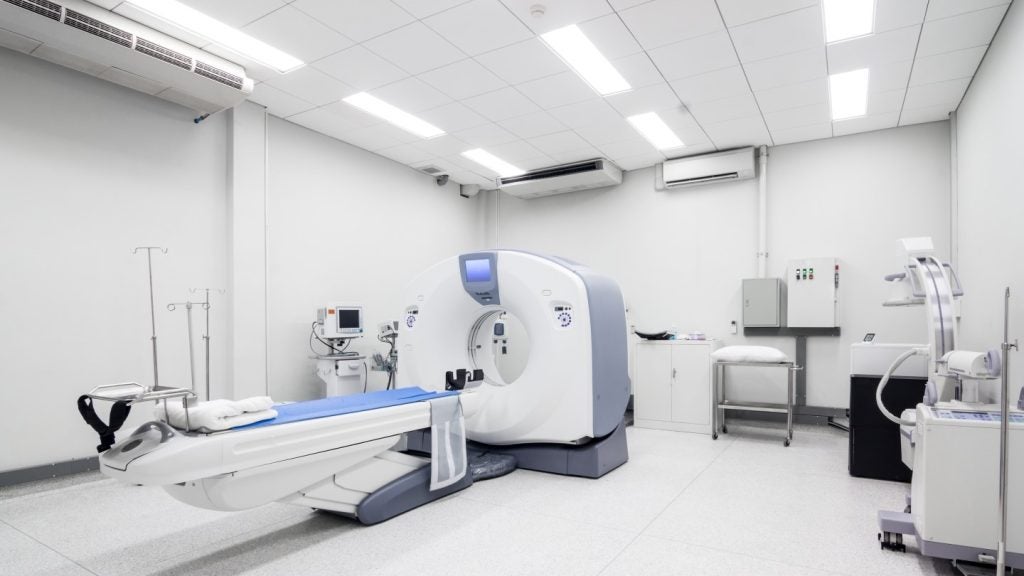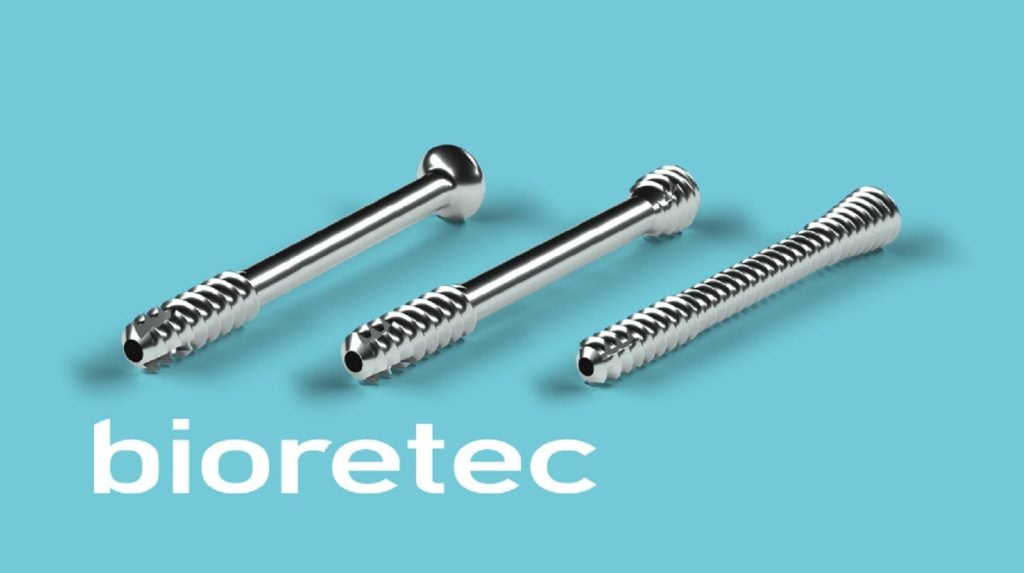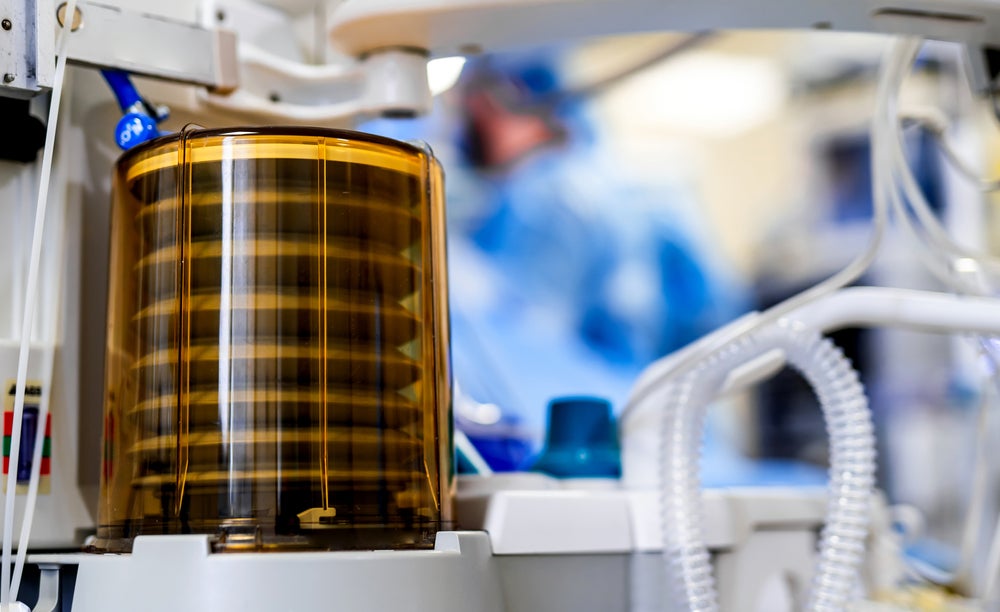The US Food and Drug Administration (FDA) has granted clearance to Cosm Medical for its Gynethotics Pessaries for pelvic floor disorders.
The current gold standard to fit a pessary involves taking manual finger measurements. Cosm uses artificial intelligence (AI) and 3D printing to create patient-specific pessaries. The pessaries are made of silicone with varying choices of material stiffness.
Cosm states that unlike current options available, which have around 100 configurations, its product comes in almost ten million shapes and provides patients with a level of personalisation.
The clearance, which comes hot on the heels of an approval by Health Canada, follows results from Cosm’s pilot study at Sinai Health Systems in Toronto, Canada.
Cosm, which is based in Toronto, published the data from the study in Urogynecology in 2023. The results showed that changing from a standard pessary to patient-specific pessary treatment improved prolapse symptoms and overall pessary satisfaction.
Vaginal pessaries are an effective treatment for patients with pelvic organ prolapse. The removable devices, which are usually made of latex or silicone, provide a non-surgical option. However, patients sometimes struggle to find a good fit. NHS England tells patients with pelvic organ prolapse that different types and sizes may need to be tried.
Pelvic organ collapse is very common, with around half of women experiencing it to some degree in their lifetime. More than 12% of US women have surgery for the condition.
Cosm’s CEO Derek Sham said: “Our vision is to become the world leader in precision gynaecological devices for unique bodies and needs. With our first FDA clearance, we are one step closer to realising this vision and making a meaningful impact on the lives of over a million patients by 2030.”
The clearance adds to the increasing innovation seen in the femtech space, as the market gains more investment and awareness. Despite the generally weaker investment landscape dominating life sciences, femtech is seeing one of the fastest compound annual growths in the industry.















